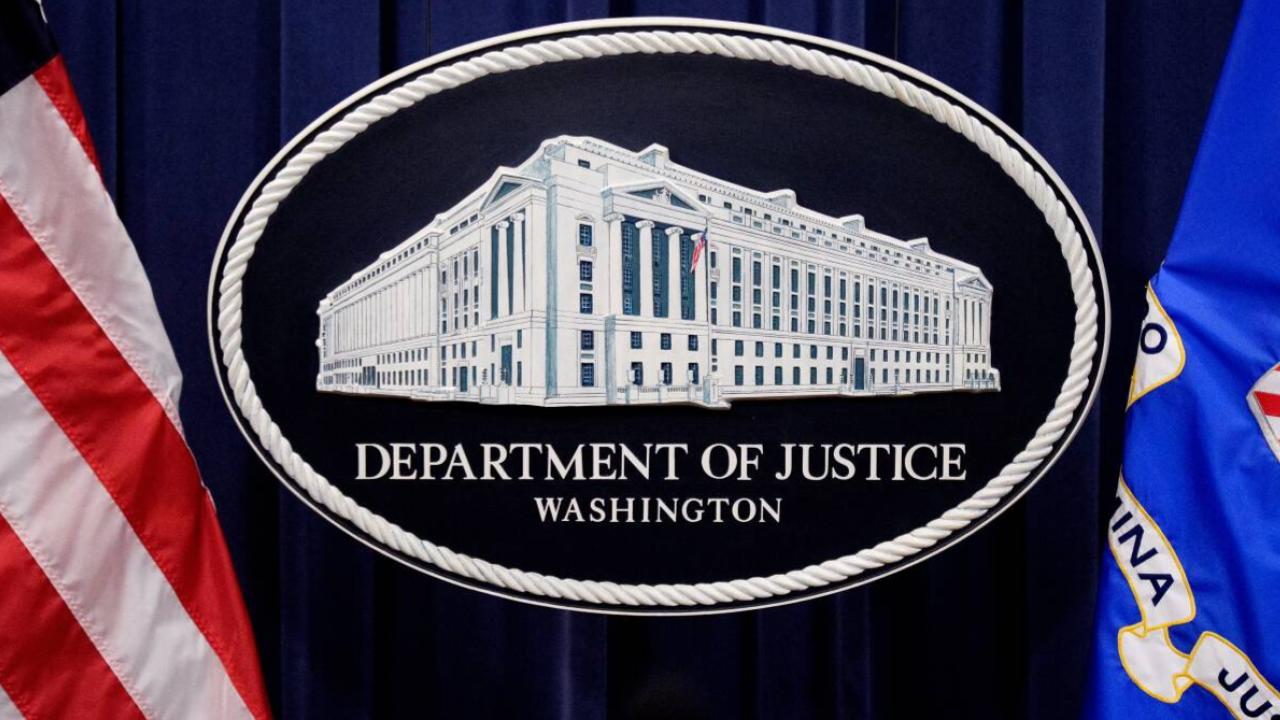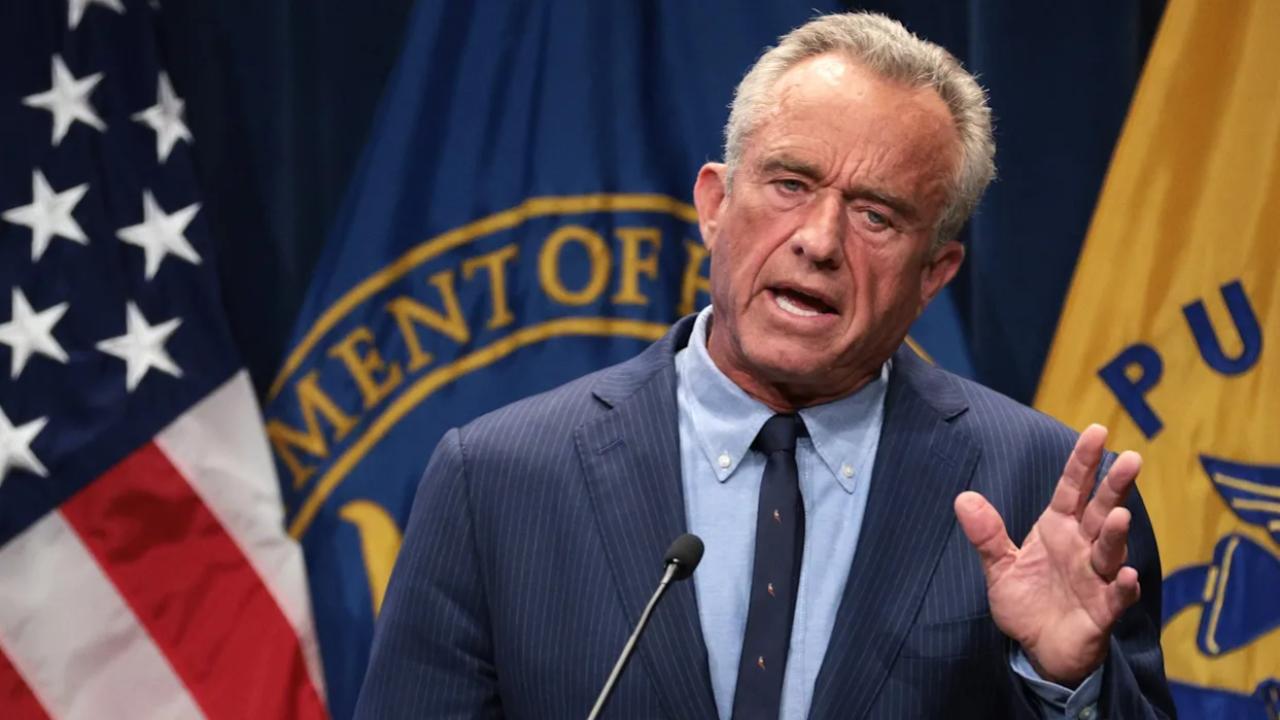The House GOP bounces back with renewed energy as Trump’s budget plan inches closer to reality in Washington. If you’ve been following the political drama lately, you know this isn’t just another budget proposal. It’s a big-deal package aiming to reshape the country’s tax and spending priorities, and it’s stirring up buzz across the nation — from Main Street to Capitol Hill.

This article breaks down the latest developments, giving you the lowdown on what’s in the bill, who’s backing it, who’s pushing back, and what it all means for you. Whether you’re a seasoned political junkie or just trying to keep up with what’s going on, we’ve got you covered with clear facts, practical insights, and useful links to official sources.
House GOP Bounces Back — Trump’s Budget Plan
| Key Item | Details | Impact/Stats |
|---|---|---|
| Tax Cuts | Extend 2017 tax cuts; eliminate taxes on tips, overtime, auto loan interest | Estimated cost: $3.8 trillion over 10 years |
| Medicaid & SNAP Reforms | Stricter work requirements; cuts to SNAP benefits | Affects over 7 million Medicaid recipients |
| Defense & Border Security Funding | $25B for missile defense, $21B ammo restock, $34B naval fleet expansion, $5B border security | Significant military & border investment |
| Committee Vote | Passed 17-16 after four conservatives voted “present” | Narrow margin indicates internal GOP tensions |
The House GOP’s bounce back on Trump’s budget plan signals a major political moment with serious implications for taxes, social programs, and defense spending. It’s a high-stakes balancing act between promises of tax relief and the reality of social program cuts and rising deficits.
For everyday Americans, this means staying informed, understanding how changes might affect personal finances and benefits, and preparing to adapt as lawmakers hash out the final details.
Keep your eyes on the Capitol — this budget battle is far from over, but it’s shaping up to be one of the most consequential legislative fights of the year.
What’s Going Down? The Context You Need to Know
Let’s set the scene. The budget plan, officially dubbed the “One Big Beautiful Bill,” is Donald Trump’s ambitious push to extend his 2017 tax cuts and overhaul spending, particularly on social programs and defense. The GOP-controlled House Budget Committee gave it a thumbs-up in a tight 17-16 vote, thanks to four conservatives stepping back from their “no” votes to “present.” This move broke a stalemate and pushed the bill closer to a floor vote before Memorial Day.
But here’s the kicker: the bill isn’t a done deal yet. It’s facing stiff resistance — not just from Democrats but also from some moderate Republicans and conservative hardliners who want either deeper cuts or faster implementation of certain provisions like Medicaid work requirements.
Why all the fuss? Because this plan promises big changes: massive tax breaks for some, deep cuts to social safety nets for others, and a big spike in defense spending. The Congressional Budget Office (CBO) warns these tax cuts could add nearly $2.7 trillion to the deficit by 2034, sparking concerns about the long-term economic impact.
Breaking Down Trump’s Budget Plan — Step by Step
1. Tax Cuts and What They Mean for You
The plan seeks to extend the 2017 Trump-era tax cuts, which lowered tax rates across the board, plus some new breaks like eliminating taxes on tips, overtime pay, and interest on auto loans.
- Why it matters: For workers and families, this could mean more take-home pay and savings on everyday expenses.
- Downside: These cuts are projected to cost $3.8 trillion over the next decade, raising worries about the national debt and future budget constraints.
2. Changes to Medicaid and SNAP Programs
A major part of the bill targets Medicaid and the Supplemental Nutrition Assistance Program (SNAP) — aka food stamps.
- The bill introduces work requirements for Medicaid recipients, potentially affecting more than 7 million Americans who rely on this healthcare coverage.
- It also proposes significant cuts to SNAP, shifting costs and responsibilities onto states.
What this means for low-income families: Potential loss or reduction of critical healthcare and food assistance, stirring intense debate about the social safety net.
3. Boost to Defense and Border Security
On the flip side, the plan boosts defense spending, allocating billions to:
- Missile defense systems ($25B)
- Restocking ammunition supplies ($21B)
- Expanding the naval fleet ($34B)
- Enhancing border security ($5B)
This signals the GOP’s focus on military strength and immigration control — priorities that align with Trump’s agenda.
Who’s Backing the Plan — And Who’s Not?
- Backers: Speaker Mike Johnson and President Trump are championing the bill, seeking to satisfy conservatives while avoiding a repeat of past budget failures.
- Opposition: Some conservative Republicans want deeper spending cuts and quicker Medicaid work requirements enforcement. Meanwhile, Democrats uniformly oppose the plan due to the steep social program cuts and potential deficit increase.
What Happens Next?
The bill now heads to the House Rules Committee for further consideration. If it passes there, it’s up for a full House vote — potentially before the Memorial Day recess.
For this to happen, GOP leadership must:
- Nail down support from wavering conservatives and moderates
- Navigate Democratic opposition
- Address concerns about deficit and program cuts
If successful, the plan could move to the Senate, where the political math gets even trickier.
Practical Advice for Americans Watching This Play Out
Stay Informed About Your Benefits
- If you or someone you know relies on Medicaid or SNAP, keep an eye on changes at the state level. Some states may start tightening eligibility or work requirements based on federal shifts.
- Visit your local state health and human services websites regularly for updates.
Consider Your Tax Planning
- If the tax cuts are extended, it may impact your withholding and tax return. Consult with a tax professional to optimize your filing.
- Remember, while tax cuts can increase your paycheck, they can also affect federal budget priorities that impact public services.
Follow the News From Reliable Sources
- For ongoing coverage, check trusted outlets like PBS NewsHour, The Washington Post, and official government sites like Congress.gov.
Frequently Asked Questions (FAQs)
Q1: Will the budget plan definitely become law?
No. It still needs to pass the full House, then the Senate, and finally be signed by the President. Opposition from Democrats and some Republicans means its fate is uncertain.
Q2: How will this affect my taxes?
If passed, tax cuts like eliminating taxes on tips and overtime could boost your take-home pay. However, specifics depend on your income and tax situation.
Q3: Are social programs going away?
The plan proposes cuts and new work requirements for Medicaid and SNAP, which could reduce access for some people, but these changes would roll out over time and be subject to state implementation.
Q4: What about the deficit?
The Congressional Budget Office estimates the tax cuts could increase the deficit by $2.7 trillion through 2034, raising concerns among fiscal conservatives and Democrats.
Q5: How can I track this bill’s progress?
Visit Congress.gov or the House Budget Committee’s site for the latest updates and official documents.






